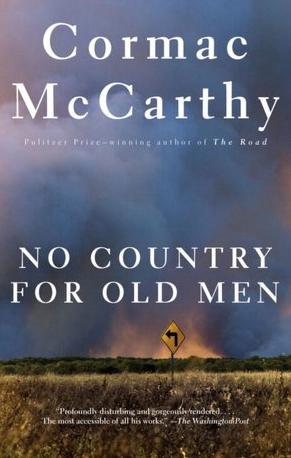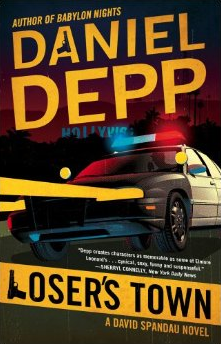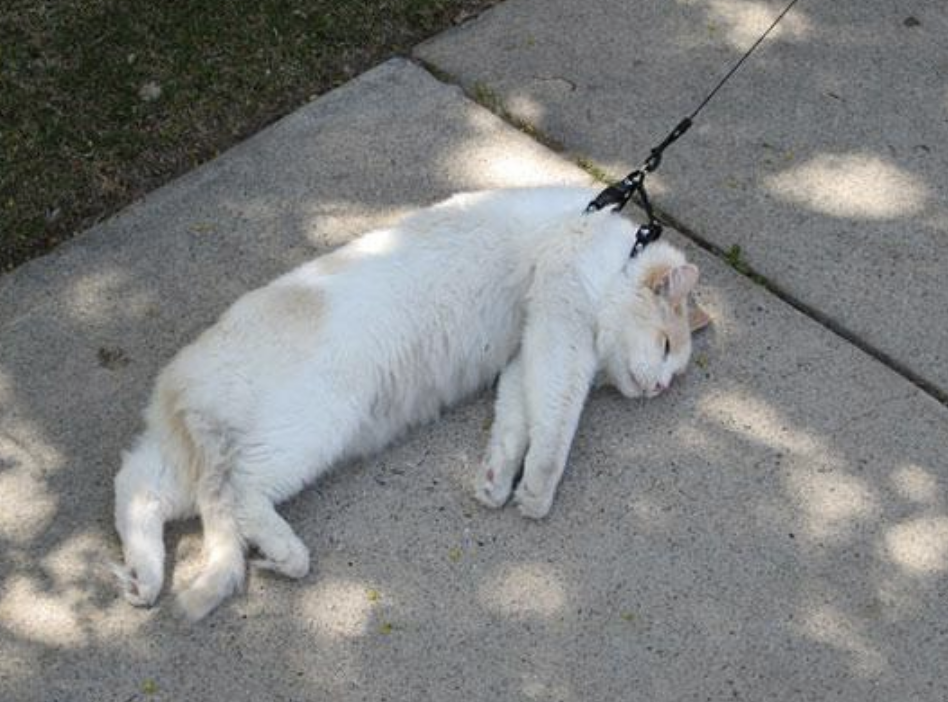

Ah description. Few things can make a writer’s skin tingle like glorious prose, right? A couple posts ago, I gave y’all some editing tips. In the meantime, I also mistakenly stumbled across an audio book that should be charged with assault, ergo why we are talking about description today.
Can we be really honest about our description? Is it truly remarkable or just filling space? Are we weaving a spell that captures readers or are we boring them into a coma? Are we holding the reader’s brains, afraid if we don’t clarify everything, they might not ‘get’ what we mean?
For those who never use description or very sparse description? Don’t fret. Description (or lack thereof) is a component of an author’s voice and it goes to style.
But obviously all writers will use some kind of description. We have to in order to draw readers into the world we are creating. If we don’t give them anything to sink their teeth into, most will wander off in search of something else.
So whether you are heavy or light on the description, here are some tips on how to do it well…
Description for Dummies Readers
I will never talk badly about a book. Consider it a professional courtesy. This is why I only mention or review books I love. In my POV, writers catch enough crap without me ragging on them, too. I like to take into account that I am not a traditional reader, and I am far more picky because I’ve spent the better part of 20 years as an editor.
This, however, does not mean I won’t obliquely mention some real blunders when I see them. Kudos and all my love and best wishes for any author who finishes and publishes a book…period (whether I like it or not). You can’t please everyone.
Ah, but I can use what I stumble across as teaching moments.
In that post about editing I mentioned adverbs and modifiers. What irritated the socks off me with this book is it had a compelling story, but the author treated me like I didn’t have a brain. There were so many redundant adverbs and unnecessary modifiers I quickly stopped paying attention to the story and started counting modifiers.
“He shoved her violently down the stairs.” Um, what other way does one shove another person down stairs?
“She stared at the sparkling, glittering scenery.” Oh, sparkling AND glittering. Good to know.
“She didn’t want to enter the huge, massive building.”
“The fire blazed hotly.” Whoa, really happy to know it was hot. I might not have caught that had the author simply used blazed and hadn’t been kind enough to tack on the hotly.
It actually saddened me that I couldn’t GET to the story. The core story was covered in so many verbal packing peanuts, I finally just got irritated and moved on. The story, so far as I could tell, was probably pretty good but I got sick and tired of the author treating me like someone too stupid to know fire is hot.
Avoid ‘Police Sketch’ Description


I assume most of you have watched TV. A witness is asked to give a description of the mugger, murderer, whatever. Well, he was tall, with dark hair and dark eyes. Very muscular.
She was short, blonde and fit. She had on lime green leggings and a pink top.
The reason I (as an editor) don’t care for this kind of description is a good writer is a wordsmith and we should be able to describe characters better than someone who’s been at the wrong end of a purse-snatching. Is there anything wrong with this description? Nah. Just it’s something anyone can do. It isn’t anything unique.
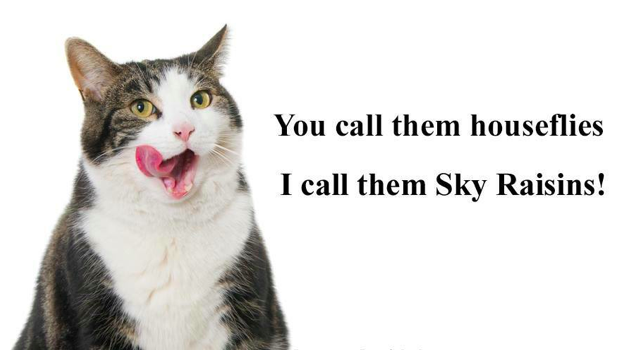

I have a handful of descriptions I’ve used over the years in various works to show how to use description without it sounding like we’re filling out a police report.
“He was the kind of man you forgot even while you were talking to him.”
“He had the face of a man who loved to fight, just wasn’t any good at it.”
In both these cases the reader’s imagination will fill in all the details.
Do we ALWAYS need to be ‘clever?’ No. But going down a list of height, hair color, eye color, and physical build is low-hanging fruit, and I am here to help y’all hone your skills to another (and hopefully higher) level.
Avoid the ‘Google Maps’ or ‘Weather Report’ Description
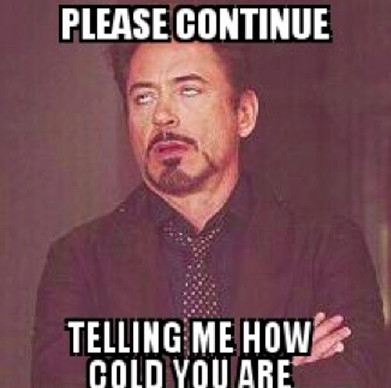

Weather can be vital and even its own character (which we will get to). But putting in weather just to tell us it’s snowing? Again, surface. Same with describing a location. Cities, streets, stores can come alive with the right description.
For some help with finding just the right words? Angela Ackerman and Becca Puglisi have put together two setting thesauri, the Urban Setting Thesaurus and the Rural Setting Thesaurus.
Avoid ‘Info-Dump’ Description
I was really bad about this when I was new. I described everything in a room. I believed the reader needed to know all the positions of the furniture, what was on the bookshelves and end tables, the colors of the walls, just to ‘get’ what I was talking about. They didn’t need all that and likely lost interest in the point I was trying to make anyway.
I didn’t give my readers enough credit and most of that information was for me anyway. Novels are for the reader not for us, which is important to remember and easy to forget.
Good description doesn’t automatically mean MORE description 😉 .
What Makes GOOD Description?


Again, this is subjective, but I read…a LOT. I need a 12 Step Program for the sheer number of books I buy. Since I dig description, I often highlight it when it’s done WELL (which is why I cannot check out books from the library).
The common denominator I see in great description is it delves beyond the surface and evokes some kind of feeling.
In this post, I’m merely giving some of MY favorite examples (from many different genres). I recommend that, if you want to use description, go to those stories that spoke to YOU. Those highlighted spots can be telling about your voice, preference and style.
You don’t need to copy, but you can deconstruct how the author did something WELL. And likely, if you are a fan of that kind of writing, others are too and you might share the same kind of readers.
Characters
For the Literary Folks I will use Cormac McCarthy’s No Country for Old Men:
(Sheriff Bell) came across a hawk dead in the road. He saw the feathers move in the wind. He pulled over and got out and walked back and squatted on his boot heels and looked at it. He raised one dead wing and let it fall again. Cold yellow eye dead to the blue vault above them.
It was a big red tail. He picked it up by one wing and carried it to the bar ditch and laid it in the grass. They would hunt the blacktop, sitting on the high power poles and watching the highway in both direction for miles. Any small thing that might venture to cross. Closing in on their prey against the sun. Shadowless. Lost in the concentration of the hunter. He wouldn’t have the trucks running over it (Page 44-45).
In this story, a good lawman is after a soulless criminal who is nothing short of pure evil. This above description is important. The red tail hawk is a parallel of Bell. Bell is also a hunter who’s in danger of being so caught in the pursuit, it could get him killed.
Even though the lawman is tracking a criminal, he takes time to honor a fallen hunter even though it’s ‘only’ a bird, something the psychopathic antagonist, who has NO VALUE for any life, would ever do.
Part of that “Show, don’t tell” thing 😉 . We don’t get a description of what Bell looks like, but through action, we know who he IS.
Weather/Setting/Information Without Being Info-Dump
For the sake of brevity, we’ll bundle three into one. Depp does a fabulous job of weaving weather, setting, and information in a tight cord of emotion. This selection is from Daniel Depp’s Loser’s Town.
The protagonist, Spandau, is a P.I. is following a Hollywood agent to a movie set to meet a client who’s being blackmailed:
Spandau smoked, and thought the city gliding past was much like an overexposed film, too much light, all depth burned away and sacrificed. All concrete and asphalt, a thousand square miles of man-made griddle on which to fry for our sins. Then, you turn a corner and there’s a burst of crimson bougainvillea redeeming an otherwise ugly chunk of concrete building. Or a line of tall palm trees, still majestic and still stubbornly refusing to die, stubbornly sprouting green at the tops of thick dying stalks, guarding a side street of bungalows constructed at a time when L.A. was still the Land of Milk and Honey….There was a beauty still there, sometimes, beneath all the corruption, like the face of an actress long past her prime, when the outline of an old loveliness can still be glimpsed through the desperate layers of pancake and eyeliner. (page 23)
In this description, we get more than a play-by-play of the L.A. streets he passes. Additionally, I feel the description is very telling about the character. Note the contrasting biblical references or even the tension inside the character. He hates this place, but can still see the loveliness that tears at him and keeps him there, keeps him coming back.
The description is an extension of the feel of the city—no depth, manmade, hardened, lost (but still something beautiful worth staying for).
Note the description is processed through the feelings and backstory of the character.
Instead of sounding like a travel brochure, there is emotional flavor adding depth. We pretty much know the weather—bright and hot. We experience the place rather than just ‘seeing’ it in a boring, “and then he turned on this street and then that street” fashion.
The description also shows us Spandau is likely an excellent detective—he sees more than the surface and instinctively searches deeper.
Again, description—how to do it, how much, how little—is subjective.
But, I believe that good description can make the difference in a caricature verses a ‘person’ or ‘place’ so real we’re sad to say good-bye when the book ends. Also, I hope I’ve given examples of how we can describe a character or a place without ‘describing’ it.
Are we describing with the same depth as any semi-literate person with a laptop could do? Or are we digging below skin and into marrow?
What are your thoughts? Do you find yourself skimming description and didn’t know why? Do you highlight great description, too? Or are you a minimalist? There aren’t any wrong answers, btw. Who are some of your favorite authors who ROCKS description? What are maybe some tips/thoughts you have that takes description from blasé to beautiful?
I LOVE hearing from you!
To prove it and show my love, for the month of AUGUST, everyone who leaves a comment I will put your name in a hat. If you comment and link back to my blog on your blog, you get your name in the hat twice. What do you win? The unvarnished truth from yours truly. I will pick a winner once a month and it will be a critique of the first 20 pages of your novel, or your query letter, or your synopsis (5 pages or less).
I will announce July’s winner next post. I have been a bit under the weather and have had to do a lot of medical tests. Nothing terrible (I hope) just weirdly fatigued. And Katherine, I DID get your pages, though nearly lost your message in all the spam. Will have your pages to you this week 😀 .
